TITLE
ALTA VIBRACIÓN #339
SERIES
ALTA VIBRACIÓN
DIMENSIONS:
YEAR
2.022
TECHNIQUE:
Aerography over wood and MDF support. Laser cutted volumes.
LOCATION:
SANTA CRUZ, Bolivia
AVAILABILITY:
Belongs to a private collection.
FOR PERSONALINQUIRIES:
Please contact us at this link or DM on Social Media Channels.
About this work...
Inspired by the Inca´s Culture, this work tends to represent the mythical "Chacana Cross".
Geometrical, symetrical and precise, the Chacana cross reveals a higher consiouness about the self.
It reminds us that everything evertime is changing, that we are part of a continuos process, inevitable, infinite, that scapes our control.
It invites to tolerance, maturity and evolution as a collective being.
Its vivid colors describe the richfull of nature, and resonates with our true core.
It´s incredible to think that this symbols has been around some civilizations more than 5.000 years, and we barely know it, apply it, or respect it, these days.
Color is magical, it love to hide its secrets. Thanks for join us to dicover its secrets.
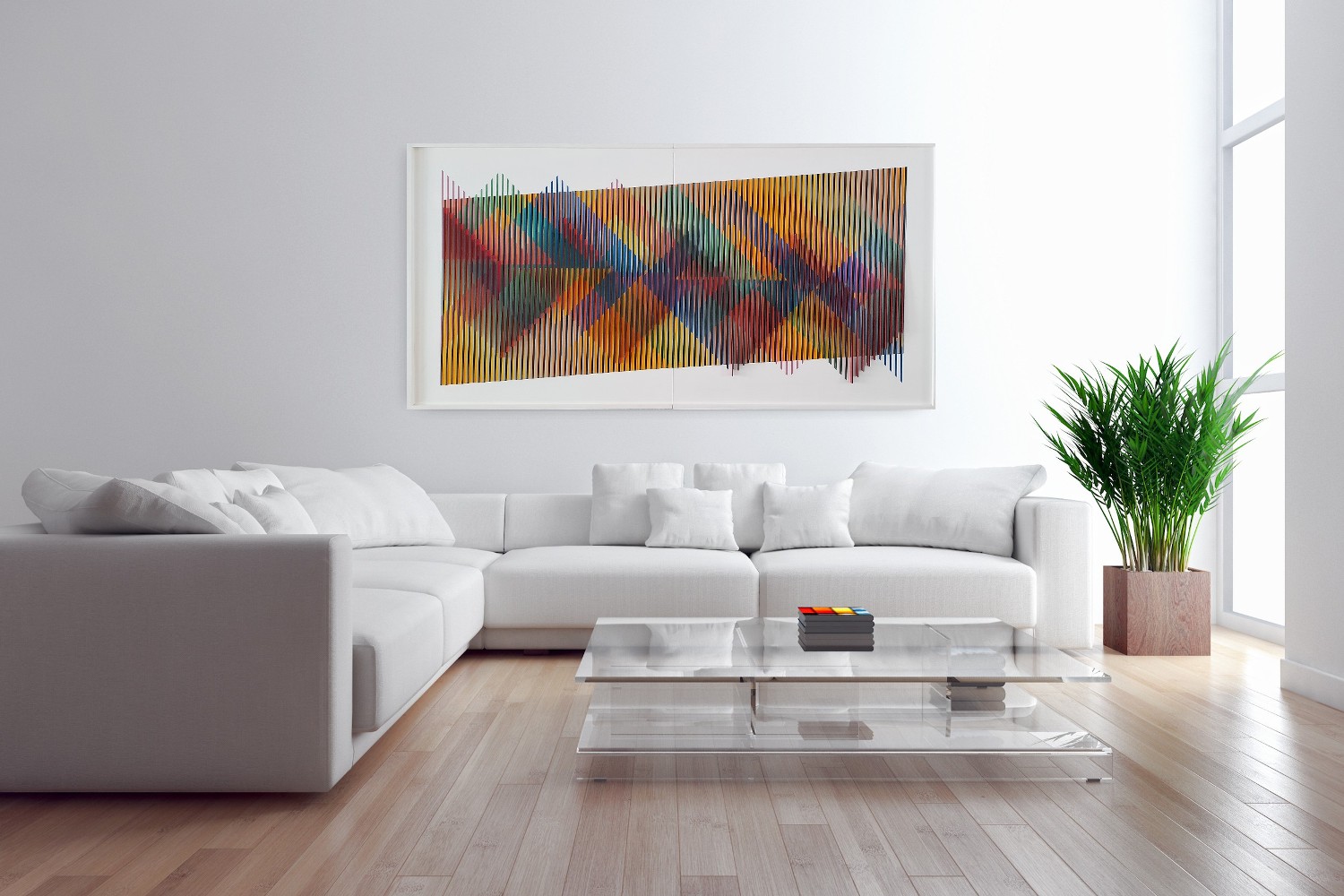
.
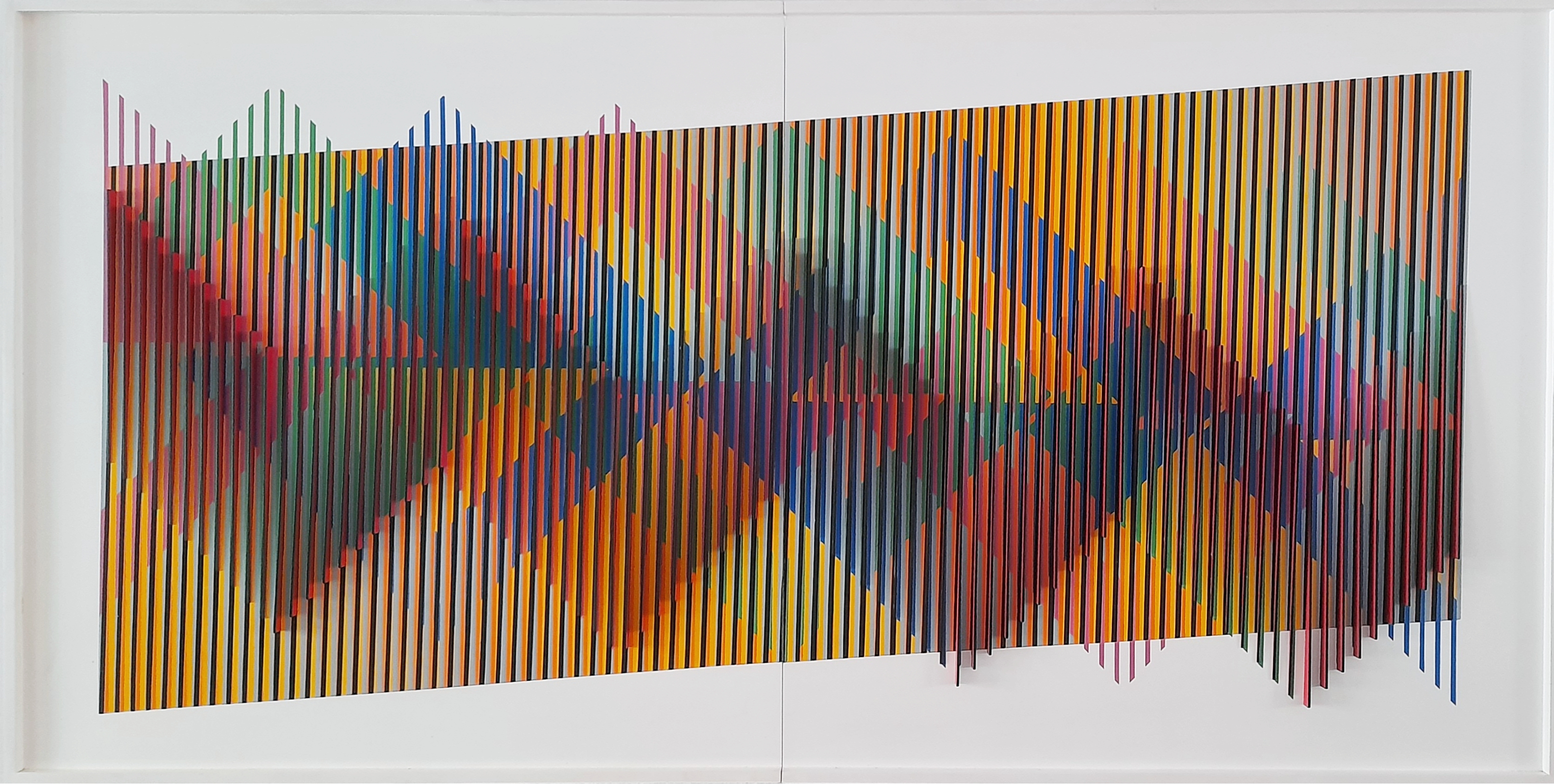
.
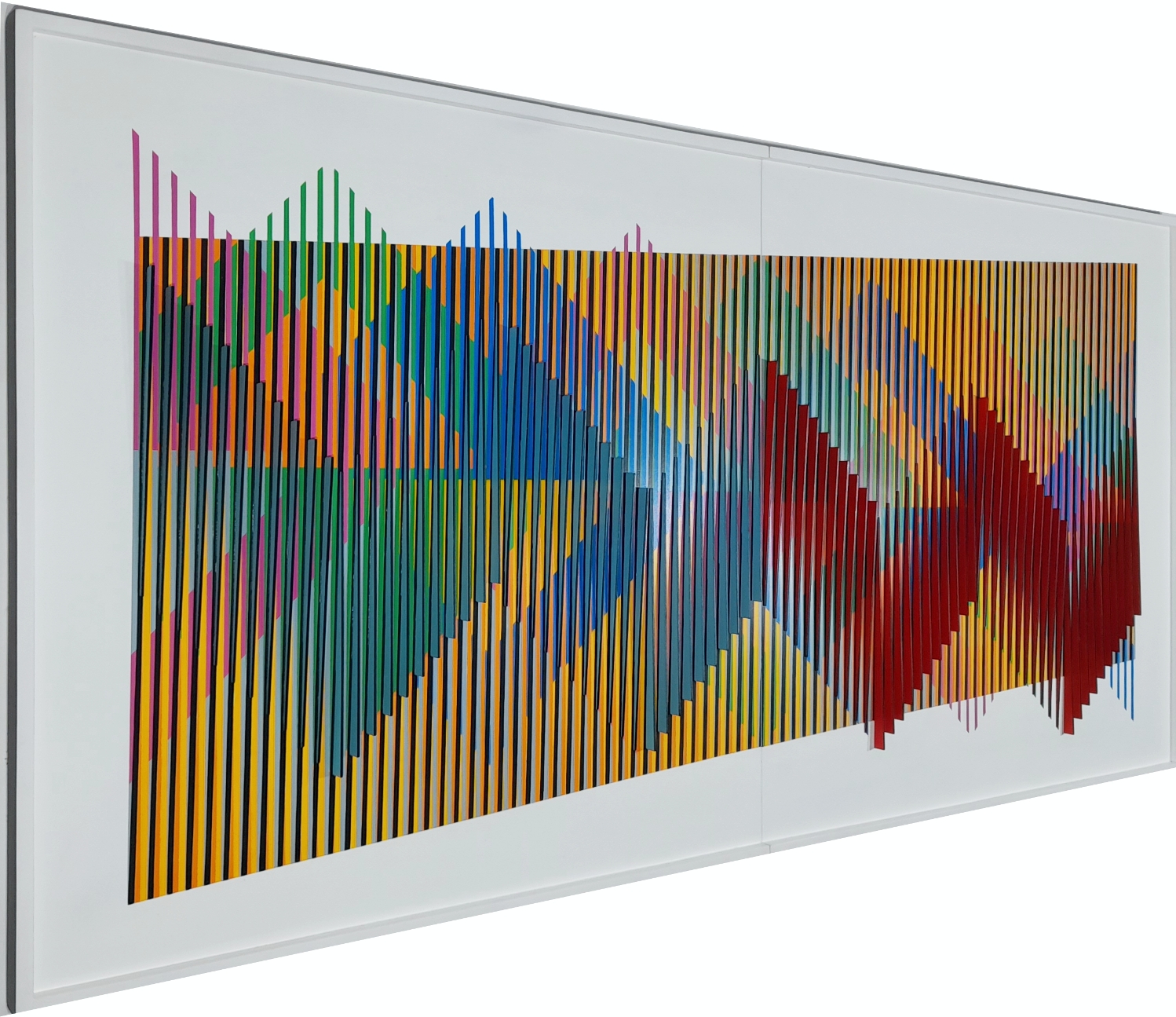
.
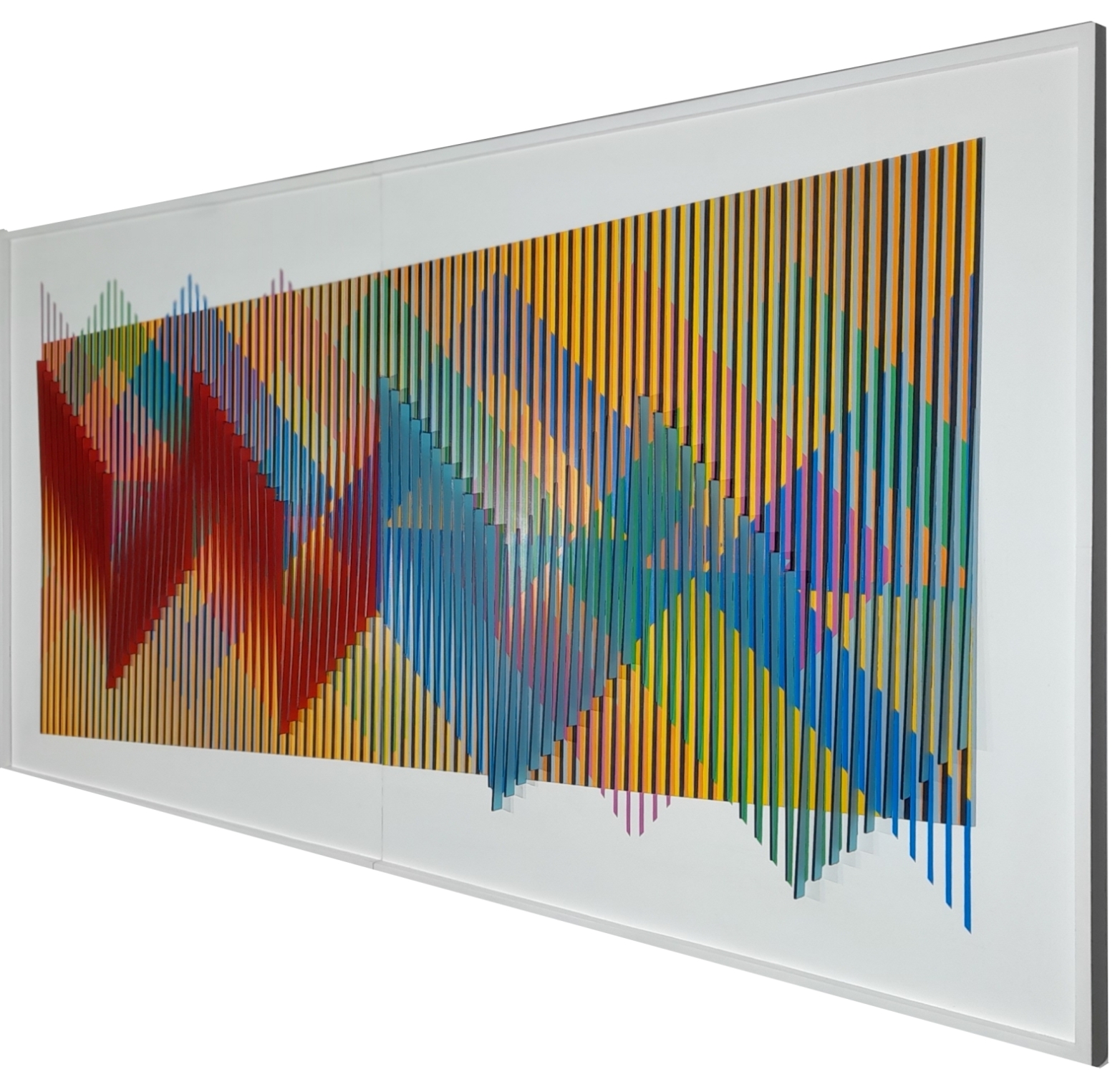
.
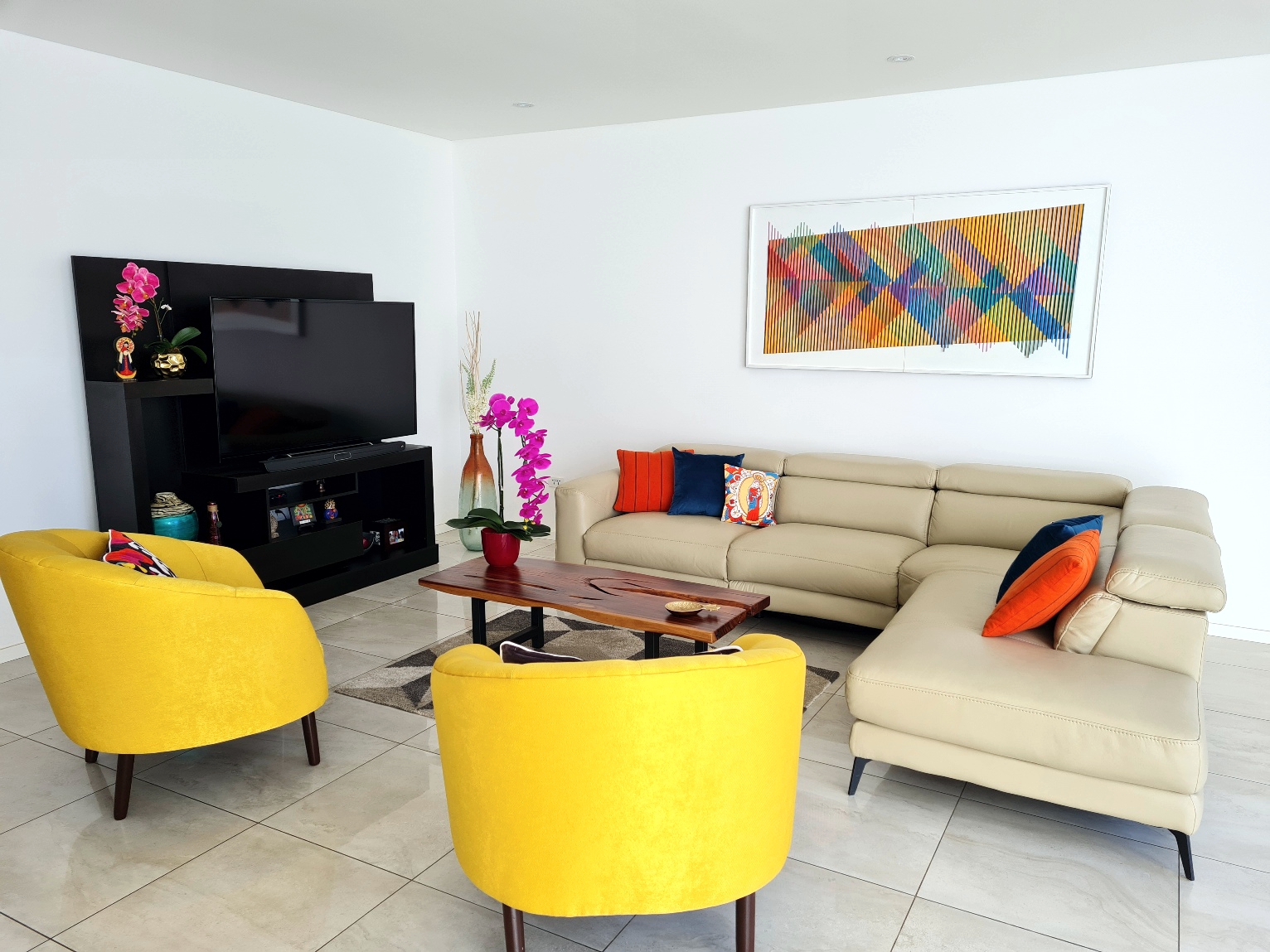
.
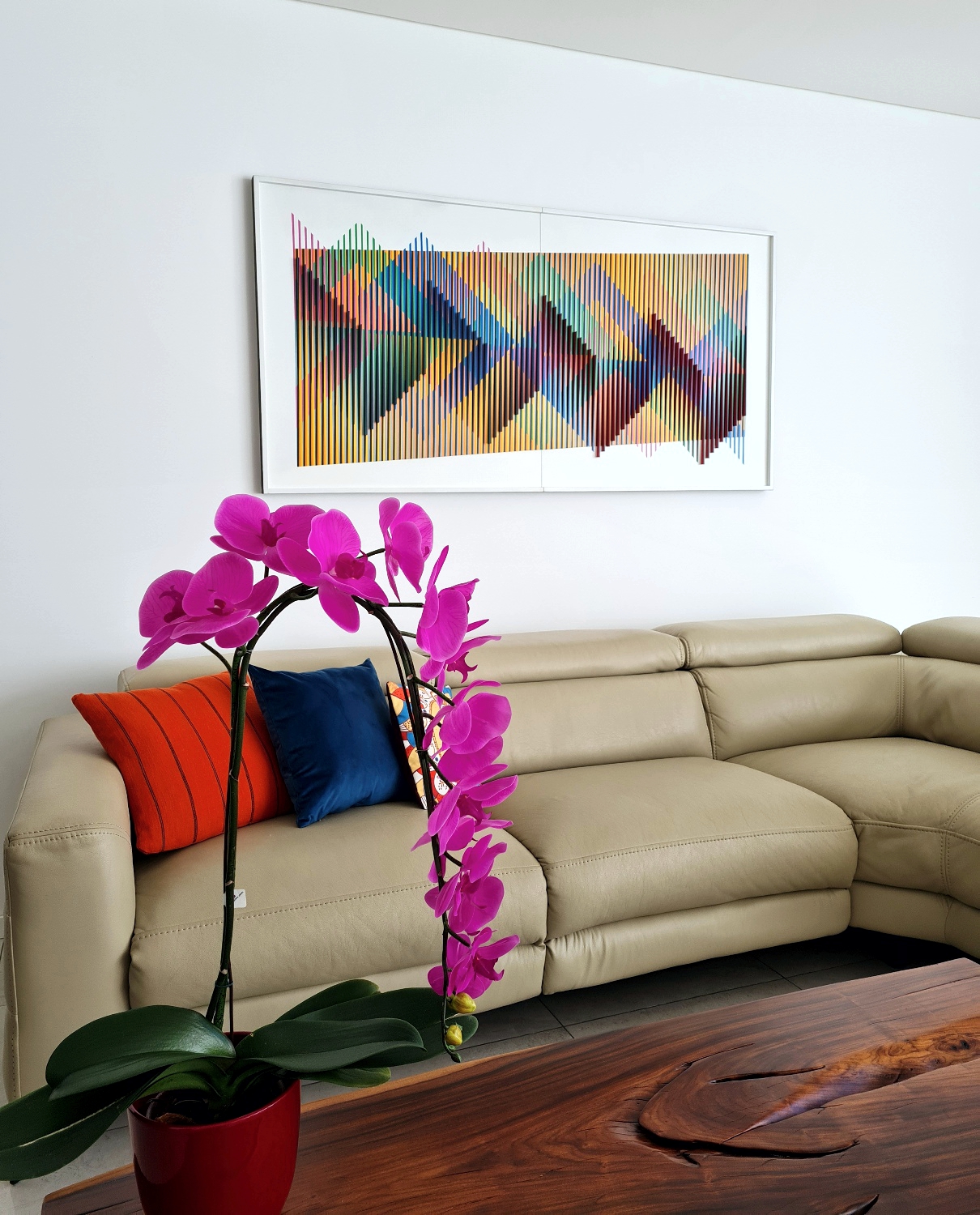
.
About the ALTA VIBRACIÓN Series...
This series of works were created from the aesthetic research about the pre-Hispanic heritage of Peru, the Inca Culture.
Although he was born in the country, the author grew up at Venezuela, within a different culture.
One visit to the National Museum, where had been exhibitng samples of archaeological textiles and metals from the Inca's culture, was determining for the development of the "Alta Vibración" Series.
From this arose a proposal to present kineticism with a more demanding craftsmanship, where the line is thinner, increasing the frequency of chromatic events under simple geometric figures that simulate the ancestral textile interweaving, using more contemporary color palettes, and where certain dynamics of geometric volumes allow captivating vibrations.
One of the most interesting experiences was to see that the Inca ceremonial knife, "El Tumi de Oro" (The Golden Tumi), had auric proportions. This suggests that pre-Hispanic cultures possessed a transcendental knowledge prior to the closest referent of Western civilization, such as the Greeks, and that later, Leonardo Da Vinci often used it, along with other Renaissance artists, to achieve harmony, beauty and balance in his works, which Da Vinci defined as the fundamental proportions.